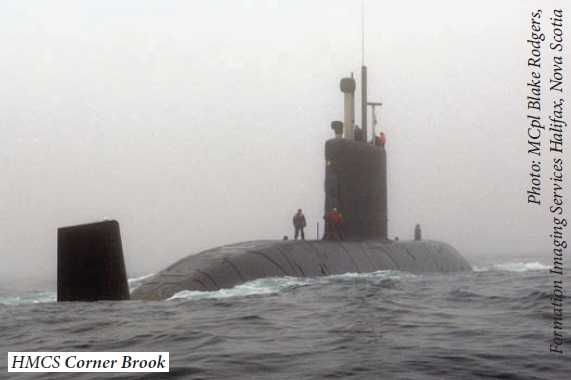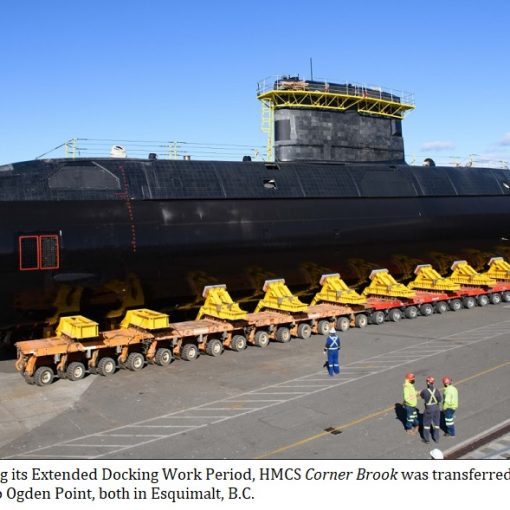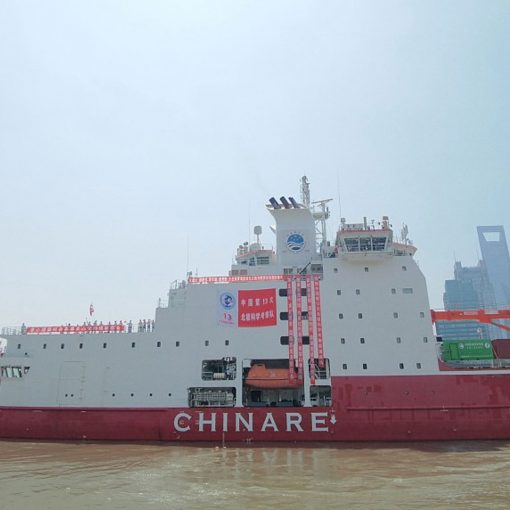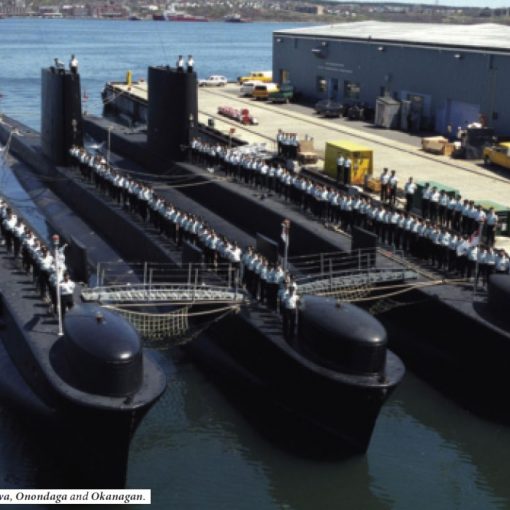Submarines are in the news again, both at home and elsewhere in the world. A Canadian Press item that appeared on Thursday, 28 June, 2007, about plans to send HMCS Corner Brook to the north. This is an interesting development and one can only presume that the provisions of the Arctic Waters Pollution Prevention Act will let this happen. The article has some good comments by Professor Rob Huebert of Calgary including a wise caution about the dangers of operating diesel-electric submarines under the ice. Not many Canadian naval people have worked under the ice in a diesel-electric submarine, and I am sure we all agree that doing it is not only difficult but also dangerous. Under the ice, survival quickly becomes one's primary concern and the operational mission secondary. Only with nuclear power is it possible to re-gain the primacy of operations under the ice. Unfortunately, this is an aspect of naval operations that few understand and as a result, the use of small diesel-electric submarines in the north is often advocated without due thought being given to the implications, the risks, or the degree of difficulty. Some will argue that this is one of those situations where it might be better not to do it at all rather than to try and only be able to do it badly or to fail completely. Also, one also has to ask what operational lessons are being learned through such a deployment. Hopefully, this is not one of those situations where the political tail is once again wagging the operational dog! People should read some of the many open source stories of the US nuclear submarines operating in the arctic and discover just how difficult it is. A transit over the pole is much less complicated than attempting to operate in the archipelago or coastal waters as the USS Sea Dragon found out many years ago. If only people would learn from the lessons of history, recent submarine history in particular, they would discover that the arctic waters are very unique and distinctly hostile to all ships, especially submarines! It takes a highly trained crew and a reliable vessel to operate safely in those waters.
A recent article in the Washington Post by William Arkin looks at another aspect of modern submarine operations with implications for Canada. The Arkin article is a little shallow and seems to show that neither the author nor his "expert" source understand the enormous potential of submarines (nuclear-powered and diesel-electric/hybrid) in crisis management situations especially when equipped with modern ISR gear. The article also has echoes of the 1994 naval policy debate in Canada when the anti-defence lobby tried to establish that the end of the Cold War meant that the submarine threat no longer existed and thus ASW skills were no longer needed. The fallacy of their argument lay in the fact that a huge difference exists between strategic (i.e., those armed with WMD and their hunters) and other submarines, which carry out a host of national security roles from surveillance, to force protection, to supporting joint operations. Arkin's source doesn't seem to understand the difference either. ASW thus has two components: strategic and tactical, and the latter is still very much alive as the world submarine inventory grows and modern information management technology and the next generation of autonomous vehicles are married in modern submarines. We should not forget that five countries still maintain strategic submarine forces and others, such as India, are quite capable of building that capability. Coupled with advances in battery and fuel-cell technology are making the submarine a highly efficient and cost-effective naval platform. (A host of open sources are available on this transformation including a paper I wrote a couple of years ago on Canadian aspects). Unfortunately, few people in Canada really understand this issue, and consequently submarines have very few supporters in NDHQ, especially amongst the army folk who seem quite incapable of thinking strategically and are apparently locked intellectually in Afghanistan and the very misguided belief that such operations are the future of crisis management.
Coming back to the Corner Brook deployment, this is a useful step forward and should show to all Canadians, especially those in the army, that submarines have enormous potential within a crisis management strategy and that their operational reach is extensive. That said though, the need to keep those vessels in fighting trim and their crews at the highest state of training is paramount to those submarines being useful.





